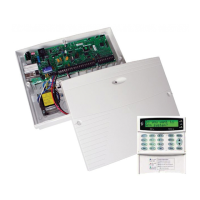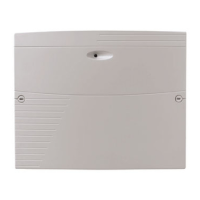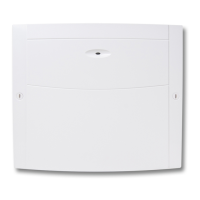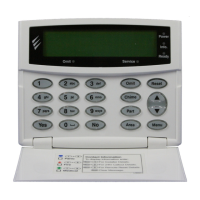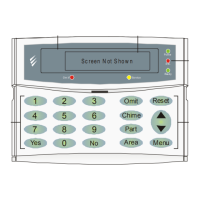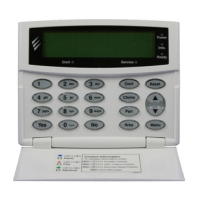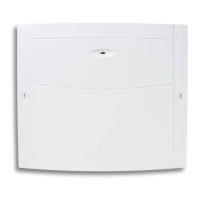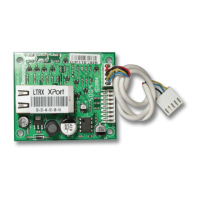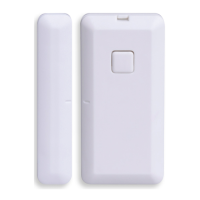Commissioning & Troubleshooting Premier 412/816/832 Installation Manual
20 INS159
Keypad Does Not Generate Alarm Tones etc.
• Each keypad can be configured so that the alarm, entry,
exit, chime tones etc. can be enabled or disabled.
Check that the keypad has been programmed correctly,
see page 40 for details.
Keypad Emergency Keys Do Not Operate
• Each keypad can be configured so that the emergency
keys FIRE, POLICE and MEDICAL can be enabled or
disabled. Check that the keypad has been programmed
correctly, see page 40 for details.
Remote Expander
Expander Does Not Operate at All
• Check that the expander is wired correctly from the
control panel.
• Check that the network fault indicator is off. If the
indicator is on, the electronic fuse has activated
indicating a short circuit across the [+] and [–] of the
network terminals.
System Does Not Recognise Zones 9 to 16
• If the expander is on a cable run that is longer than
100m, check the voltage between the [+] and [–]
terminals at the remote and ensure that it measures no
less than 10.0V.
The Speaker Output Does Not Work
• The expander can be configured so that the alarm,
entry, exit, chime tones etc. can be enabled or disabled.
Check that the expander has been programmed
correctly, see page 43 for details.
• The speaker volume on the expander is electronically
adjustable. Check the volume is set to the desired level,
see page 43 for details.
Zones
One or More Zones Show an Alarm
• Each zone on the system can be configured for different
wiring options. Check that the zones are programmed
for the correct wiring configuration, see page 26 for
further details.
• Check that the zone is wired correctly, see page 13 for
further details.
Service Faults
If the Service light is on or flashing then the system has
detected one or more fault conditions, for details on how to
view and acknowledge Service Faults see page 75.
On Power-Up the Service Light is On
• When the system is powered-up the system date and
time are incorrect. This will cause a Date/Time Loss
fault, to clear this fault, program the system date and
time, see page 67.
• If the battery presence check is enabled the system will
check the battery every 30 seconds. If the system does
not have a battery connected then a battery fault will be
generated. To clear this fault either connect a battery or
disable the battery presence check, see page 35.
• Panel outputs 1 and 2 are supervised outputs, if you
have not connected a device to either of these outputs
the system will generate an output fault. To clear this
fault either fit 1K load resistors between the outputs and
+12V, see page 18 or disable the monitoring of outputs
1 and 2, see page 36.
• The Siren output is a supervised output, if you have not
connected a device to this output the system will
generate a siren fault. To clear this fault either fit 1K load
resistors between the siren terminals, see page 17 or
disable the monitoring of the siren output, see page 36.
Communicator
The Communicator Will Not Dial
• By default the communicator is disabled, check that the
communicator is enabled, see page 51.
• Check that the telephone line has been correctly wired
to the control panel.
• Check that the primary telephone number is
programmed correctly, see page 52.
• Check that the primary account number is programmed
correctly, see page 52.
• Check that the primary protocol is programmed
correctly, see page 52.
• Check that the primary dial attempts is not programmed
as zero, see page 52.
• Check that the primary reporting partitions have been
programmed correctly, see page 53.
• Check that the primary reporting options have been
programmed correctly, see page 53.
Communicator Dials But Does Not Communicate
• Check that the primary telephone number is
programmed correctly, see page 52.
• Check that the primary account number is programmed
correctly, see page 52.
• Check that the primary protocol is programmed
correctly, see page 52.
• If you are using either Pulse or Express formats check
that the protocol is configured correctly, see page 53.

